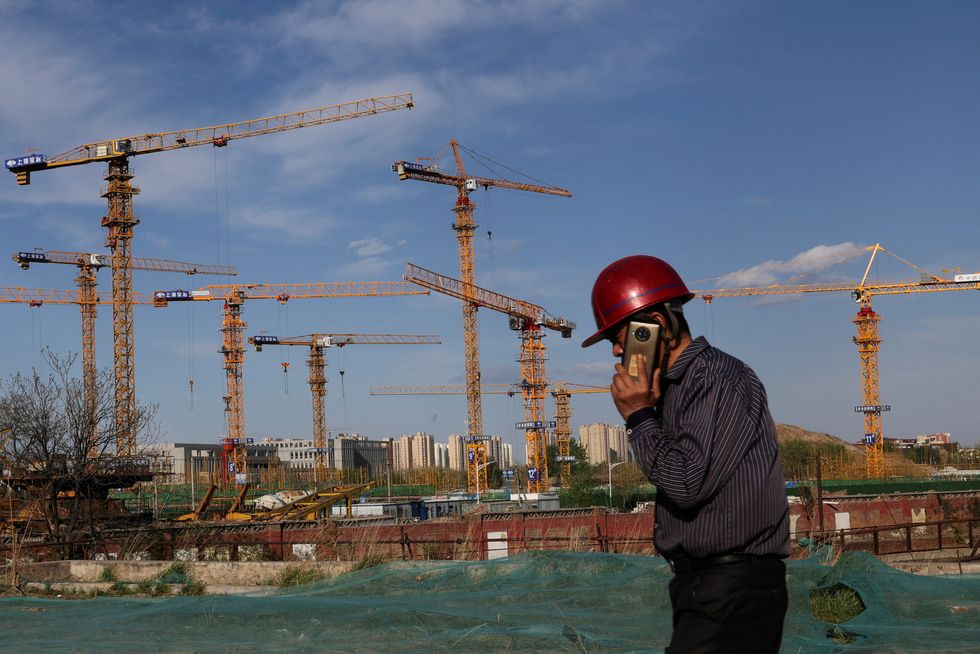The Chinese pension system may run out by 2035 as the country breaks Mao-era records
Don't Miss
Most Read
Trending on GB News
China’s population fell for a second year in a row in 2023, with Covid deaths and record low birth rates piling pressure on the country’s stagnating economy.
The total number of people in China dropped by a staggering 2.08 million – almost two-and-a-half times as many as the year before.
2022’s population drop-off of 850,000 had been the first year in which the country’s population had decreased since 1961, the final year of the Great Chinese Famine.
There are now 1.409 billion people in China, which last year was overtaken by India in what was described as “the most momentous population transition of the last 200 years”.

China's President Xi with Indian PM Narendra Modi, whose country overtook China's population last year
ReutersA major driver behind the population drop-off was Covid – after three years of ultra-tight quarantine restrictions, including welding citizens inside their own homes, restrictions were rapidly lifted, leading to a dramatic surge in the virus at the start of 2023.
In another breakage of Chairman Mao-era records, total deaths in China hit 11.1 million – the highest death rate since 1974 during the Cultural Revolution.
With death rates increasing, the birth rate in China has continued to fall, even as the country is approaching a decade since it lifted its one child policy.
Zhou Yun, a demographer from the University of Michigan, said: “As we have observed again and again from other low fertility countries, fertility decline is often very difficult to reverse.”
LATEST DEVELOPMENTS:

With death rates increasing, the birth rate in China has continued to fall, even as the country is approaching a decade since it lifted its one child policy
REUTERS2024 will be the year of the dragon, traditionally a time when Chinese parents want to have children.
But China’s population woes and economic prospects may be too large for superstitious childbirths to account for.
UN experts say China’s population, of which almost 300 million people are 60+ years old, could fall by 109 million by 2050.
Population decline means a reduction in workers and consumers, and an increase in elderly care costs and pension payouts.
The state-run Chinese Academy of Sciences predicts China’s pension pot will run out of money by 2035, by which time it will be funding 400 million retirees.
China's National Bureau of Statistics also released statistics on its economy, which had grown at nearly its slowest in decades at 5.2 per cent.
The Bureau stopped releasing monthly updates after its figures showed a climb to 21.3 per cent youth unemployment in June.
A Reuters poll of analysts suggested 2024 could be even worse, with predictions of a 4.6 per cent growth rate for the world's second-largest economy.
Prospects are bleak and uncertainty is high, with falling wages and a property market crisis meaning couples aren’t confident enough in China to have more children despite President Xi Jinping’s extension of maternity leave and clampdown on abortion.
“It’s not a surprise”, said Professor Stuart Gietel-Basten, a population policy expert at the Hong Kong University of Science and Technology.
Gietel-Basten continued: “They've got one of the lowest fertility rates in the world, so this is just what happens: the population stops growing and starts to decline.
“It’s kind of locked in now… this is just the next year in this new era of population stagnation or decline for China.”









